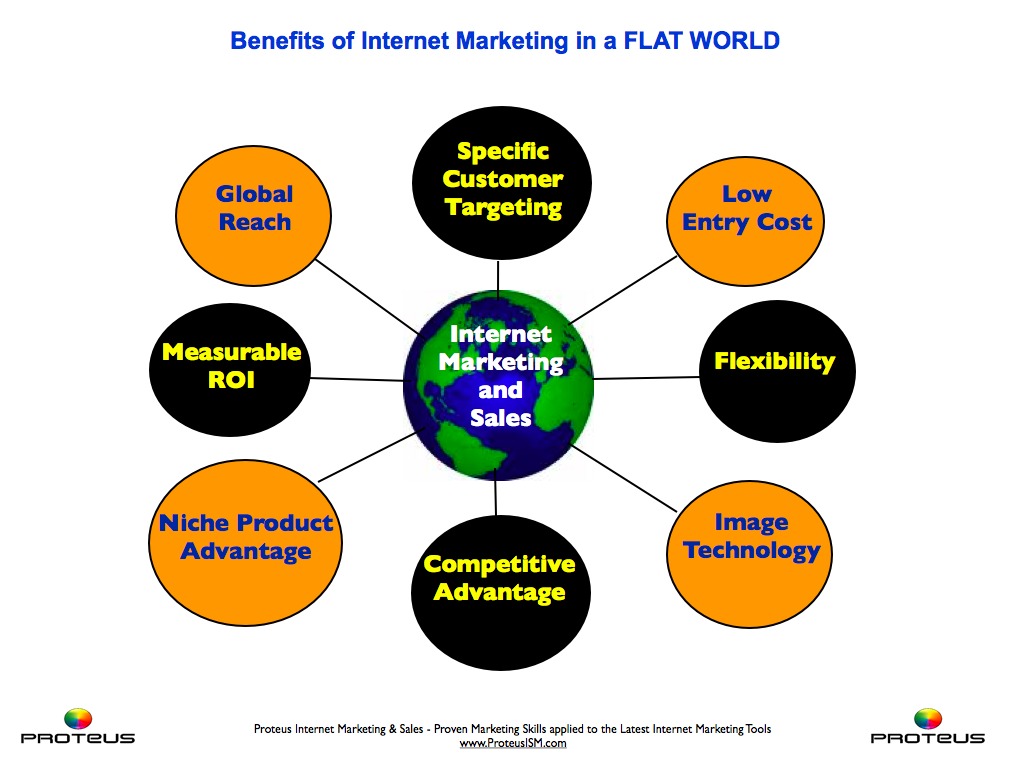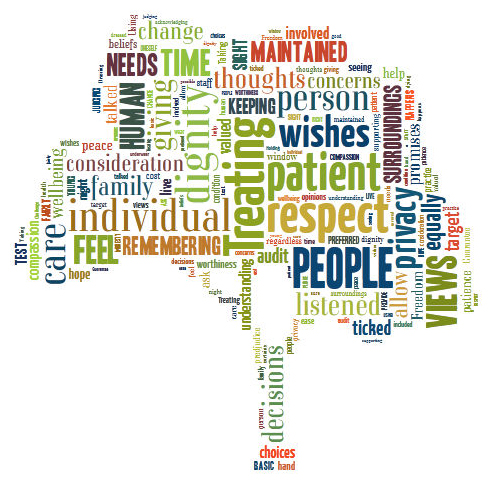cell-o-mania
The mobile phone or mobile, also called a cellular phone, or cell phone is a long-range, portable electronic device used for mobile communication that uses a network of specialized base stations known as cell sites.In addition to the standard voice function of atelephone, current mobile phones can support many additional services such as SMS for text messaging, email,packet switching for access to the Internet, and MMS for sending and receiving photos and video. Most current mobile phones connect to a cellular network of base stations (cell sites), which is in turn interconnected to the public switched telephone network(PSTN) (the exception is satellite phones).
The advanteges of mobile phones are: you can talk to people who are away from you, you can carry it with you so you dont miss important calls, if you are lost you can call for directions, if you had an accident you can call and if it has camera so you can take pictures of the accident that has happened, you can litsen to music, txt, playing games when youre bored, calculator, it has phone book
The disadvanteges of mobile phones are:it can damage your ear, its quite expensive, sometimes the reception is poor in some areas, you cant talk underground and in planes, people use bluetooth and the camera in bad ways, people use the phone while they are driving and this can couse problems.



















